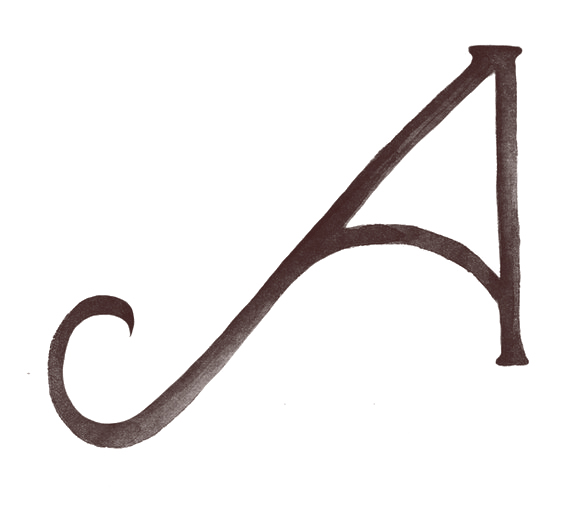How best to tell your story
Ever wondered how best to tell your story?
It's just a snip of an idea ... perhaps it's a poem, a micro-fiction story, a letter to the editor? But perhaps that snip needs some development, some air, some space to evolve? It could be the start of a longer story or an essay. A novella? (Loving the fact that novellas are making a commercial comeback!) Or the snippet might grow into a novel, a full-length memoir or any other sort of non-fiction.
Ever tried to force an idea somewhere it didn't want to go?
Like into a short story for a 3000-word competition. The prose niggles and whinges and just won't behave. And you start to think (like with any relationship) ... what are you trying to tell me, story? What am I not hearing? What's between the lines?
People who think they only write fiction or can't write non-fiction or don't do poetry, etc. can get stuck, not realising that there's a plethora of options available to them. Genres we're yet to discover, devise or design. But it does the heart and mind good to muck around with genre. Because you never know where it might lead...
I had cause to ponder this while reading the poignant Fever at Dawn by Peter Gardos. A novel drawing heavily on the memoir style, Gardos mucks around with point of view (pov) like I've never seen before. (Actually, no, I have seen it before ... in my own naive work and in other writers' early drafts before multi-pov has been knocked out of them.)
A paragraph in Fever at Dawn can contain up to three points of view. These are seamlessly written, add to the narrative and are probably only noticeable to my editor's eye because I've been trained to delete all evidence of 'head hopping'.
This is because, generally speaking, transferring point of view from one character to another and then back again in short order (a la head hopping), makes for a crazy, unsatisfying read. But Gardos handles it well. I had moments of confusion but these were generally alleviated.
I've been pondering the pros and cons of multiple point of view within paragraphs and sections lately, dreaming of the day when I could leisurely play with point of view to see what could be done. I thank Peter Gardos for showing me a way in.
This is different to obliviously writing point of view all over the place because you don't understand the importance of choosing a point-of-view character for your scene, section or story. Writers have to know the rules before breaking them. There is no shortcut to crafting a great story. But mucking around is a great way to find flow.
May your words pour onto the page,

